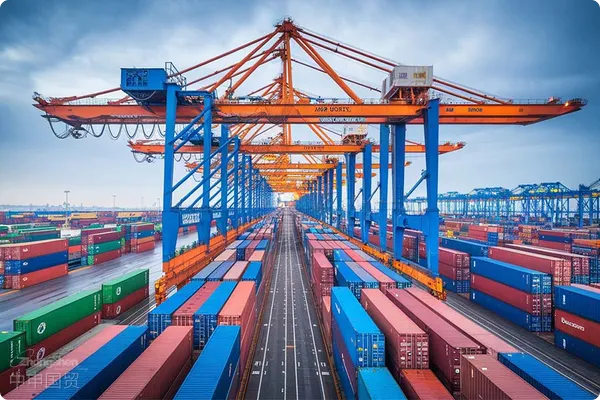- Shanghai Zhongshen International Trade Co., Ltd. - Two decades of trade agency expertise.
- Service Hotline: 139 1787 2118

Contents
ToggleRefrigeration equipmentImport ClearanceThe six key stages
According to the latest General Administration of Customs Announcement No. 78 of 2025, industrial refrigerationEquipment ImportsRequired to CompleteFull - process Compliance ManagementThe case of a mechanical and electrical import enterprise suffering a 40-day customs clearance delay due to incorrect commodity classification serves as a warning: mastering the following process nodes can save 20-30% of time costs.
Phase 1: Triple Verification of Qualification Documents
Starting from 2025, the "Import Catalogue of Mechanical and Electrical Products" will introduce new environmental requirements for refrigerants. Enterprises need to prepare:
- Agency export agreement (original)
- Original factory-issued refrigerant GWP value test report
- ASME Certification for Pressure Vessels (Applicable to Refrigeration Units)
- Special documents:
- Proof of Storage Capacity for Frozen Equipment at the Import Port
- Cold Chain Transportation Temperature Monitoring System Filing Number
Phase Two: The Technical Game of Commodity Classification
A case where an enterprise declared "refrigeration units" classified under 8418.69 resulted in overpayment of 7% tariffs, but after re-submitting evidence, it was successfully reclassified under 8418.59 shows:
- Core judgment criteria:
- Conversion relationship between compressor power and cooling capacity
- Does it include a temperature control system module?
- Degree of unit integration (complete unit/knock-down parts)
Phase 3: Data Support for Customs Valuation
For common royalty issues related to refrigeration equipment, it is recommended to prepare:
- Price Composition Explanation Document:
- Technical Patent Fee Allocation Calculation Table
- Payment voucher for overseas installation and debugging fees
- Comparable Price Database:
- Transaction records of similar equipment from the same brand in the past three years
- List of Purchase Prices for Major Components
Phase 4: Technical Barriers in Inspection and Quarantine
The new energy efficiency regulations for refrigeration equipment to be implemented in 2025 require:
- Mandatory testing items:
- The measured COP value shall not be less than 95% of the nominal value.
- Annual refrigerant leakage rate < 0.5%
- Key points for document verification:
- Evaporator/Condenser Material Certificate
- Refrigerant Charging Quantity Declaration Document
Phase 5: Strategies for Handling Local Inspections
For common inspection issues, it is recommended to prepare:
- On-site Inspection Toolkit:
- Multilingual Operation Manual (including Chinese translation)
- Real-time Equipment Parameter Verification System
- Emergency Response Plan:
- Standby power connection device
- Emergency Liquid Drainage Recovery Equipment
Ongoing regulatory requirements after customs clearance
According to the 2025 Amendment to the "Special Equipment Safety Law":
- Key points for follow-up management:
- Monthly energy efficiency data reporting for the first year of operation
- Pressure vessels must undergo mandatory re-inspection every three years.
- Risk early-warning mechanism:
- Establish a traceability system for core component replacement.
- Configure the remote monitoring data interface
The practical case of a cold chain logistics enterprise adopting the pre-classification + segmented transportation solution, which reduced customs clearance time to 12 working days, demonstrates that professional agency services can lower compliance costs by 40%. It is recommended that companies initiate customs clearance plan discussions during the equipment procurement phase to avoid fundamental conflicts between technical parameters and customs requirements.
Related Recommendations
? 2025. All Rights Reserved. Shanghai ICP No. 2023007705-2  PSB Record: Shanghai No.31011502009912
PSB Record: Shanghai No.31011502009912










